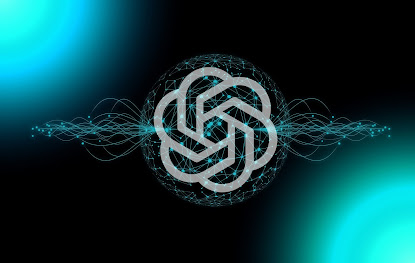"WhatsApp vs. Status: Exploring the Technical Differences Between Web 2.0 and Web 3.0 Messaging Platforms"
In today's digital age, communication has become more important than ever. Messaging apps have revolutionized the way we communicate with each other, making it easier and faster to stay connected with friends and family around the world. Two popular messaging apps are WhatsApp and Status. In this blog, we will explore the key differences between WhatsApp and Status in the context of Web 2.0 and Web 3.0.
WhatsApp in Web 2.0
WhatsApp is a centralized platform that uses a client-server architecture. The app runs on a user's device and communicates with WhatsApp servers to send and receive messages. These servers are controlled by a single entity, Facebook, and are responsible for storing user data, such as message history and contact information.
WhatsApp uses end-to-end encryption to protect user messages from being intercepted by third parties. This means that messages can only be read by the sender and recipient, even WhatsApp servers cannot access the content of the messages. This is a significant improvement over other messaging apps, which may store user data in plaintext or use weaker encryption methods.
However, because WhatsApp is a centralized platform, users have limited control over their data and privacy. Facebook can access and store user data, and may share it with third-party advertisers or government agencies if required by law. Additionally, WhatsApp does not support the use of cryptocurrencies or decentralized applications.
Status in Web 3.0
Status is a decentralized platform that uses a peer-to-peer architecture. This means that messages are sent directly between users, rather than through a centralized server. Status is built on the Ethereum blockchain, a decentralized platform that allows for the creation of decentralized applications or dApps.
Status uses end-to-end encryption to protect user messages from being intercepted by third parties. Unlike WhatsApp, Status does not store user data on a centralized server, so there is no single entity that controls user data. Instead, user data is stored on the Ethereum blockchain, which is a public ledger that is accessible to anyone.
Because Status is a decentralized platform, users have complete control over their data and privacy. There is no single entity that can access or share user data without the user's consent. Additionally, Status supports the use of cryptocurrencies and decentralized applications. Users can easily send and receive cryptocurrencies, and access a range of dApps, such as decentralized exchanges and peer-to-peer marketplaces, directly within the app.
However, because Status is a decentralized platform, it can be more difficult to use than centralized platforms like WhatsApp. Users need to have a basic understanding of blockchain technology and cryptocurrencies to use Status effectively. Additionally, because there is no centralized customer support team, users may need to rely on community forums or documentation to troubleshoot issues.
Conclusion
In conclusion, WhatsApp and Status operate in very different ways. WhatsApp is a centralized platform that uses a client-server architecture, while Status is a decentralized platform that uses a peer-to-peer architecture on the Ethereum blockchain.
While WhatsApp offers a user-friendly platform with end-to-end encryption and security features, it operates in Web 2.0 and lacks support for cryptocurrencies and decentralized applications. On the other hand, Status offers complete control over data and privacy with support for cryptocurrencies and decentralized applications, but requires a basic understanding of blockchain technology and can be more difficult to use. Ultimately, the choice between WhatsApp and Status depends on a user's preferences and needs.













Comments
Post a Comment